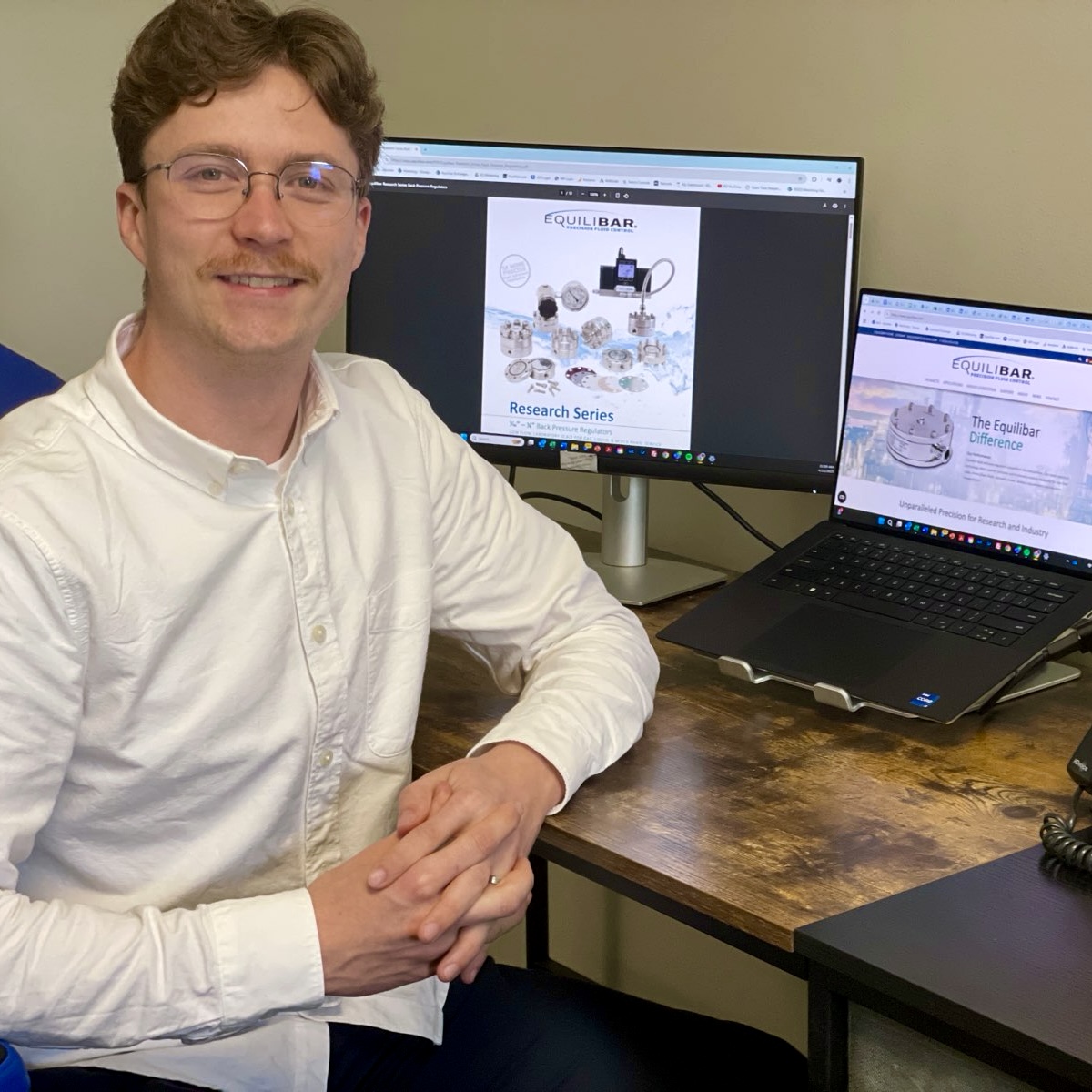Equilibar’s pressure control offerings have expanded rapidly over the past few years. As a result, we’ve outgrown our original part numbering system and have transitioned to a more flexible, user-friendly part numbering system.
We have always offered products in a nearly unlimited number of configurations. Each of our back pressure regulators can be made from virtually any material, with roughly 50 diaphragms to choose from as well as several O-ring options and almost any pressure and temperature range. The new part numbering scheme is designed to accommodate this wide range of options and facilitate communication.
We look forward to using the new numbering system and invite you to contact one of our engineers if you have any questions or if you would like to know the new part number for an existing regulator.
Don’t worry – we will continue to explicitly spell out key features on every quote, sales order, and label. The new part numbers are intended to save time and eliminate errors when ordering repair kits and repeat orders.
In addition to these changes in part numbers, we are also introducing a few new products to our Research Series. Many of our Research Series products were traditionally available to 5000 psig, but now we have a few different maximum pressure ranges available.
| New Model Name | |||
| Legacy Unit Name | 3000 psi max | 6000 psi max | 10,000 psi max |
| HP | H3P | H6P | H10P |
| ULF | U3L | U6L | U10L |
| HPHF or HPF | H3PF | H6PF | H10PF |
All of these units will carry the same great performance of their legacy counterparts, just with different pressure capabilities.
If you have any questions or concerns give us a call and one of our application engineers will be happy to discuss them with you.


